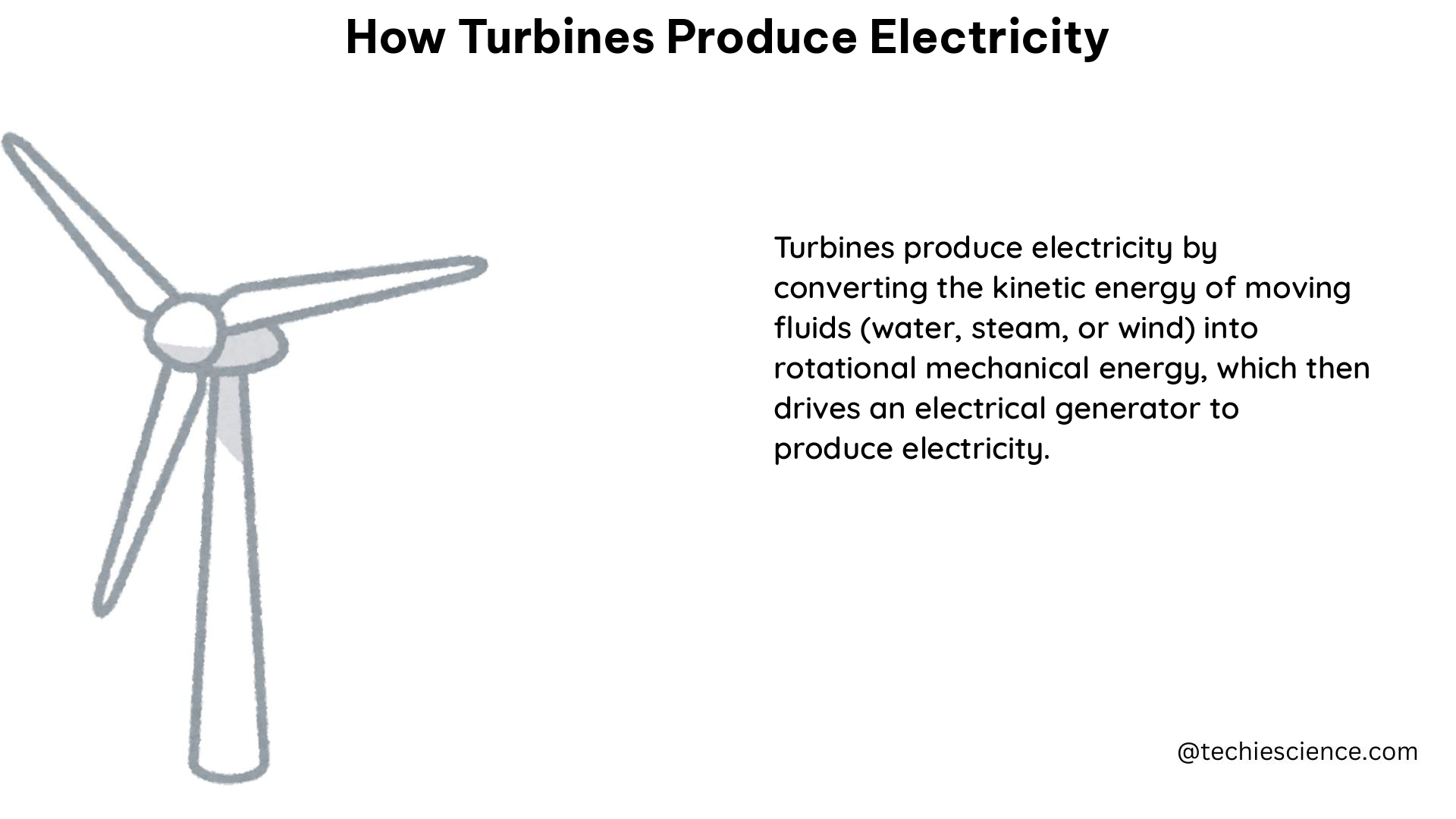Wind turbines are the backbone of renewable energy, harnessing the kinetic power of the wind and converting it into clean, sustainable electricity. Understanding the intricate process of how turbines produce electricity is crucial for anyone interested in renewable energy, engineering, or sustainable technology.
The Fundamentals of Wind Turbine Electricity Generation
At the core of a wind turbine’s electricity generation is the conversion of wind energy into mechanical power, which is then transformed into electrical power. This process involves several key components:
-
Rotor Blades: The rotor blades are designed to capture the kinetic energy of the wind. Typically made of lightweight, durable materials like fiberglass or carbon fiber, the blades are engineered to maximize aerodynamic efficiency. The size and shape of the blades play a crucial role in determining the turbine’s power output.
-
Nacelle: The nacelle is the housing that sits atop the turbine tower, containing the generator, gearbox, and other essential components. As the wind blows across the rotor blades, it causes them to spin, which in turn rotates the shaft connected to the generator.
-
Generator: The generator is the heart of the wind turbine, responsible for converting the mechanical energy from the spinning rotor into electrical energy. Typically, wind turbines use either induction generators or synchronous generators, each with its own advantages and applications.
-
Power Conversion System: The power conversion system, which includes the transformer and power electronics, is responsible for converting the generator’s output into high-voltage electricity that can be fed into the electrical grid.
Factors Influencing Wind Turbine Electricity Production

The amount of electricity generated by a wind turbine is influenced by several key factors:
Wind Speed
Wind speed is the primary driver of a wind turbine’s energy output. As wind speed increases, the kinetic energy available for conversion also rises, leading to a significant boost in electricity generation. For example, a 10% increase in wind speed can result in a 30% increase in power output.
Rotor Diameter
The size of the rotor blades directly impacts the swept area of the turbine, which determines the amount of wind energy that can be captured. Larger rotors, typically ranging from 40 to 150 meters in diameter, can generate more electricity than smaller models.
Turbine Efficiency
The overall efficiency of a wind turbine, which is influenced by factors like blade design, generator technology, and power conversion systems, plays a crucial role in determining its electricity output. Advanced turbine designs can achieve efficiencies of up to 45-50%.
Tower Height
Taller turbine towers, typically ranging from 80 to 120 meters, allow the rotor to access stronger and more consistent wind resources, resulting in higher energy production compared to shorter towers.
Location
The specific location of a wind turbine, including factors like terrain, wind patterns, and proximity to obstacles, can significantly impact its energy output. Careful site assessment and wind resource analysis are essential for maximizing a turbine’s performance.
Measuring Wind Turbine Electricity Production
Two key metrics are used to evaluate the performance and efficiency of wind turbines:
-
Capacity Factor: The capacity factor is the ratio of the actual energy output of a wind turbine over a period to its maximum possible output if it operated at full capacity continuously. A high capacity factor, typically around 30-50%, indicates an effective use of available wind resources.
-
Annual Energy Production (AEP): The AEP is a measure of the total energy output of a wind turbine over the course of a year, usually expressed in megawatt-hours (MWh). It takes into account the variability of wind speeds and provides a comprehensive overview of a turbine’s performance under different conditions.
Advancements in Wind Turbine Technology
The wind energy industry is constantly evolving, with ongoing advancements in turbine design, materials, and control systems. Some of the latest developments include:
- Larger Rotor Diameters: Turbine manufacturers are continuously increasing the size of rotor blades, with some models reaching up to 220 meters in diameter, significantly boosting energy output.
- Improved Blade Aerodynamics: Advanced blade designs, such as those with curved tips or integrated vortex generators, enhance the efficiency of wind energy conversion.
- Superconducting Generators: The use of superconducting materials in generator design can improve the overall efficiency and power density of wind turbines.
- Floating Offshore Wind Turbines: Innovative floating platforms are enabling the deployment of wind turbines in deeper offshore locations, unlocking vast new wind energy resources.
- Artificial Intelligence and Machine Learning: Integrating AI and ML algorithms into wind turbine control systems can optimize performance, predict maintenance needs, and improve overall efficiency.
Conclusion
Wind turbines are the cornerstone of the renewable energy revolution, transforming the kinetic power of the wind into clean, sustainable electricity. By understanding the fundamental principles of how turbines produce electricity, as well as the key factors that influence their performance, we can better appreciate the technological advancements and the crucial role wind energy plays in the transition to a sustainable energy future.
References:
– How Many Homes Can the Average Wind Turbine Power?
– Wind Energy Economic Development Guide
– How Much Energy Does a Wind Turbine Produce?
– NREL Wind Data and Tools
– Wind Turbine – an overview | ScienceDirect Topics

The lambdageeks.com Core SME Team is a group of experienced subject matter experts from diverse scientific and technical fields including Physics, Chemistry, Technology,Electronics & Electrical Engineering, Automotive, Mechanical Engineering. Our team collaborates to create high-quality, well-researched articles on a wide range of science and technology topics for the lambdageeks.com website.
All Our Senior SME are having more than 7 Years of experience in the respective fields . They are either Working Industry Professionals or assocaited With different Universities. Refer Our Authors Page to get to know About our Core SMEs.